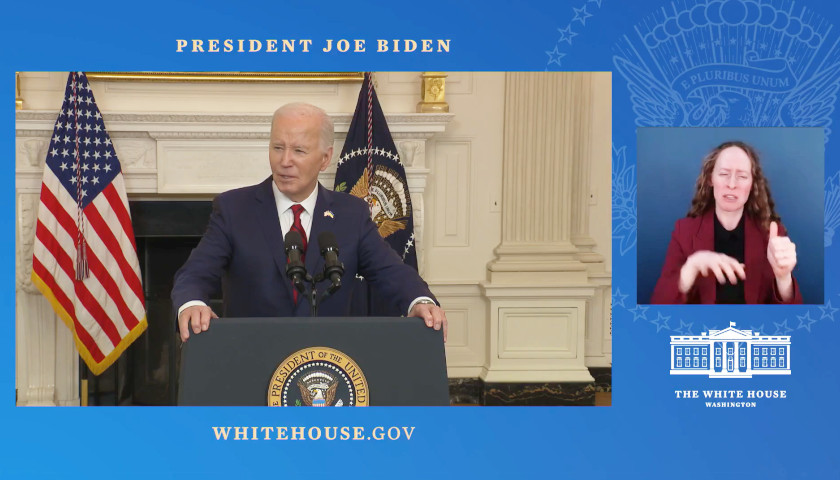Ohio Governor Mike DeWine’s announcement last week that Fitch Ratings upgraded the state’s credit rating from AA+ to AAA elicited both praise and caution from the Columbus-based Buckeye Institute.
Greg Lawson, research fellow at the center-right think tank, called the budgetary management to which state officials ascribed Fitch’s decision on Ohio’s long-term issuer default rating (IDR) “a mixed bag.” (The state has also seen its general-obligation bond rating rise from AA+ to AAA, its appropriation-backed bonds move to AA+ from AA, the Ohio School District Credit Enhancement Program Rating go to AA+ from AA and the Ohio Department of Transportation’s Portsmouth Bypass project obligations rating move to A+ from AA-.)
“It’s definitely true that the upgrade means you can basically borrow money at cheaper rates; it’s a sign of confidence that the markets have that you’re being fiscally responsible and everything else,” Lawson told The Ohio Star. “So on the one hand, it’s absolutely a good thing and I think the governor has every right to claim good credit.”
Statements from the governor as well as Lieutenant Governor Jon Husted (R) and Ohio Office of Budget and Management Director Kimberly Murnieks have been expectedly celebratory. They noted that Fitch’s action marks the first time the Buckeye State achieved AAA status with the New York-based ratings company.
“This historic move by Fitch to upgrade Ohio’s rating to ‘AAA’ comes as a result of our economic policies and fiscal stewardship that have brought measurable results,” the governor said last week. “Today’s news is additional validation that Ohio’s fiscal management is on solid footing and our economy is surging ahead.”
Lawson agreed to an extent. He said that while DeWine has received significant criticism for imposing onerous lockdowns and other restrictions on Ohioans after COVID-19 hit in 2020, the chief executive did at least respond to the resultant revenue losses with reasonable policies including a state employment freeze.
What concerns Lawson is the inevitable pressure the governor and lawmakers will feel to overspend in light of the $5.7 billion surplus the state government accumulated by the end of the last fiscal year. Some of that, he said, will go toward worthy infrastructure projects as part of the state’s capital budget. But billions will still remain after the state makes those cash expenditures.
“The concern that we have is that what led to this upgrade is we have so much money that we almost don’t know what to do with it,” he explained. “That can be a very dangerous thing to have happen as well because we have too much money in Columbus that is eventually going to be – and I would anticipate that, in the next budget, there will be – an incredible push on new ways to spend money. While I think, so far, the administration has generally avoided spending a lot on ongoing expenses [in favor of infrastructure and other “one-off” items], the pressure to do that is going to be high in the next budget; there’s clearly money available to do that.”
He said Buckeye could see merit in some further essential public construction spending and workforce development efforts but would also hope to see some of the surplus revenues returned to residents via tax reduction.
While Lawson believes Ohio will soon need to make some especially serious decisions regarding unexpected funds, the institute has made it a constant priority to alert policymakers to expenditures that the state should not make. It publishes its biennial “Piglet Book” compiling those items. Some categories of unwise spending Lawson said Ohio government too often indulges in include philanthropic projects as well as local amenities and other community projects that counties and municipalities ought to shoulder themselves.
“You shouldn’t be using tax dollars in Cincinnati to pay for projects in Cleveland unless there’s a broad-based, overall way it’s going to help the state of Ohio from a public safety-type standpoint or from the standpoint of broad-based economic growth,” he said.
– – –
Bradley Vasoli is managing editor of The Ohio Star. Follow Brad on Twitter at @BVasoli. Email tips to [email protected].





